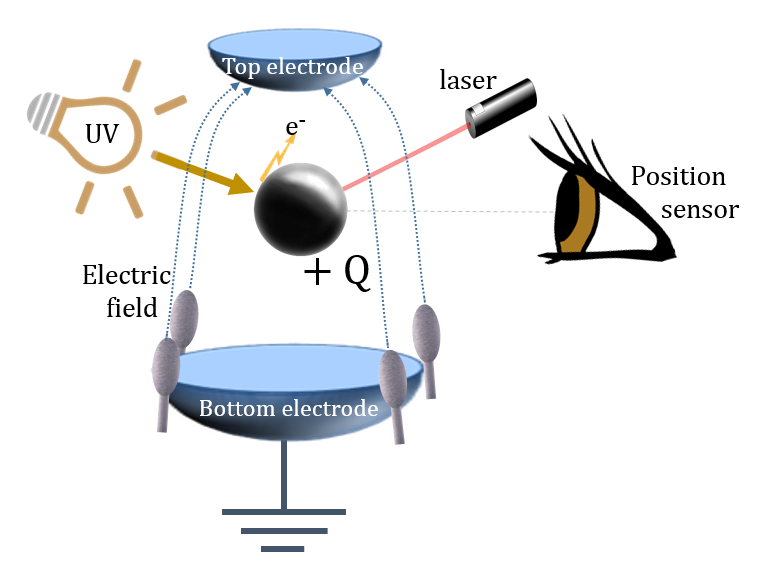Crystals that don’t experience mechanical stress during growth, will be of superior quality. Levitate the liquid metal, is the idea behind the new project ‘Perfecting metal crystals’, led by the University of Twente.
The UT scientists want to grow crystals from a metal melt that is levitated by an electromagnetic field, under vacuum conditions. The liquid is no longer kept within a container and isn’t mechanically stressed by the walls of this container. Crystal defects caused by stress can be kept to a minimum in this way, the researchers expect. Crystals with superior properties find their way to the semiconductor industry or synchrotron applications, for example. The research project will be done in close cooperation with the Dutch company Surface Preparation Laboratory (SPL), market leader in crystal surfaces of very high quality and founded by former UT scientist Raoul van Gastel.
Contamination
The common crystal growth technique involves melting the metal inside a container. Inserting a lower temperature stick with a seed crystal and pulling it out subsequently, results in crystal growth. This is, however, influenced by stress and contamination of the container wall surface. The crystals may contain carbon caused by this, Dr Arie van Houselt says, of the Physics of Interfaces and Nanomaterials group (UT’s MESA+ Institute for Nanotechnology). The step towards growing crystals by levitating liquid metal is a promising one, but it is technically challenging to keep the liquid in place. With the seed crystal forming inside the liquid, the full crystal is formed that can be removed from the vacuum system as a whole.

Principle of electrostatic levitation. The metal is ionized by the UV source, giving it an electrical charge enabling levitation in between the electrodes. The laser melts the metal. Using a position detector and control system, the liquid is kept in place. The new project will involve electromagnetic in stead of electrostatic levitation.
Without any wall stressing the crystals, at ultra-high vacuum and very clean: will this, as expected, lead to crystals with superior quality? The UT group will characterize the newly formed crystals using a whole range of techniques like Low Energy Electron Microscopy (LEEM) and Atomic Force Microscopy (AFM). Their colleagues at the University of Leiden, involved in the project, will focus on the chemical properties.
The project ‘Perfecting Metal Crystals’ is funded by Dutch Technology Foundation STW for a period of four years, 0.5 million euros. Two PhD’s will work on it, closely collaborating with the SPL company.





